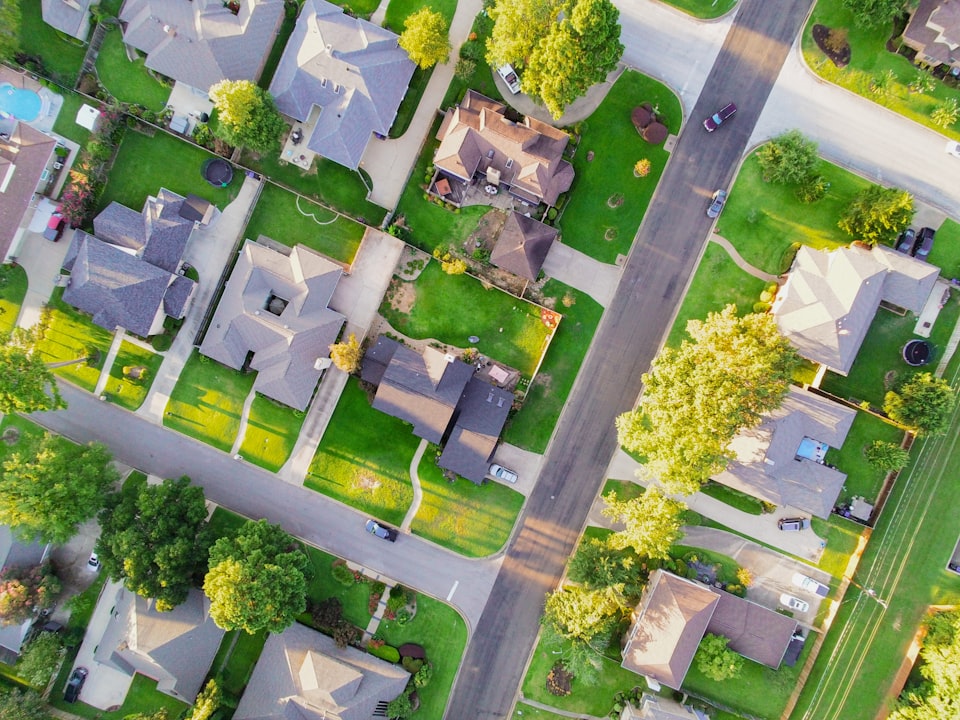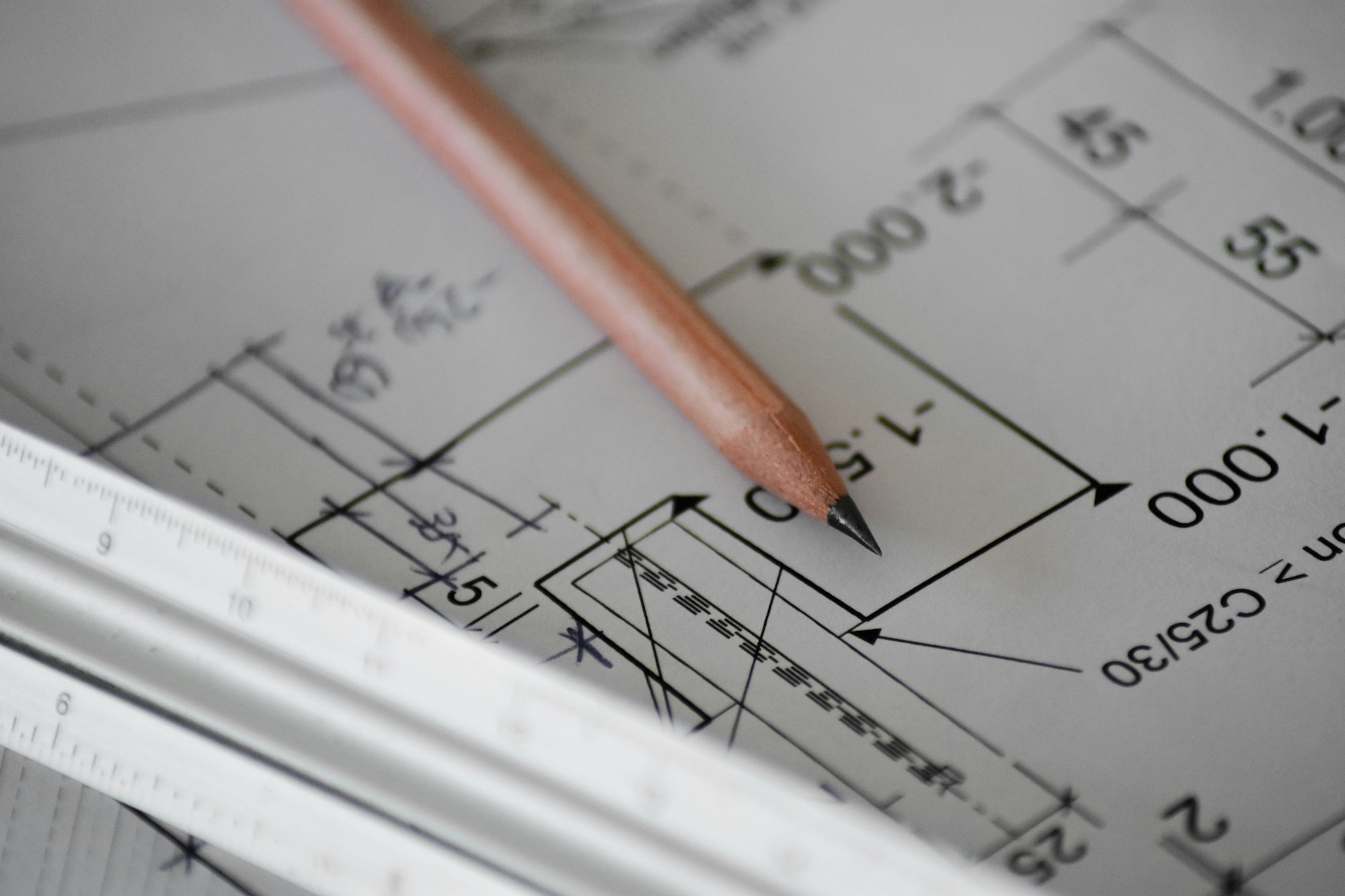Boundary Disputes in Ontario: Protect Your Legal Rights

At this time, we are not accepting new files for this type of matter.
Boundary disputes can arise between neighbours, turning those friendly "hello's" into an awkward legal battle.
If you own property in Ontario, understanding your boundaries and property rights is a legal necessity.
In this article, I'll highlight common issues, the legal framework, and guide you on how to prevent and resolve disputes.
Understanding Property Boundaries
Property boundaries refer to the defined lines that mark the edges of a parcel of land.
These boundaries outline the extent of the area that a property owner has the legal right to use, occupy, and modify.
Understanding and defining property boundaries is crucial in real estate for:
- Legal Ownership: Property boundaries establish the limits of what an individual owns. This is important for the legal transfer of property, property development, and in resolving disputes with neighbors.
- Land Use and Development: Boundaries determine where a property owner can build structures, plant vegetation, or make other changes to the land.
- Municipal Compliance: Local zoning laws and building codes often regulate land use within certain boundaries, affecting what can be built and where.
- Dispute Resolution: Clearly defined boundaries help prevent and resolve disputes with neighbors over issues like encroachment, easements, and land use.
In Ontario, property boundaries are recorded in the Land Titles system, a modern system of land registration, that ensures rightful ownership and precise description of land.
To obtain a visual rendering of a property's boundaries, you will need a land survey. In Ontario, these can only be produced by licensed land surveyors.
Types Boundary Disputes
Boundary disputes refer to disagreements or conflicts over the precise lines that define the limits of a property and the relative location of structures.
Disputes related to property boundaries are not uncommon in Ontario, and they often arise from a lack of understanding or misinterpretation of the established boundaries.
These disputes arise between neighboring property owners and can involve various issues related to the ownership, use, or extent of property boundaries.
Some of the most common types of boundary disputes are:
- Encroachments: Issues arise when a property owner builds a structure (like a fence, building, or driveway) that crosses into a neighboring property, either knowingly or unknowingly.
- Adverse Possession: In some cases, if a person occupies another's land openly, continuously, and without the owner's permission for a certain period of time, they might legally claim ownership of that land.
- Legal Descriptions: Sometimes, the legal description of a property in its deed or title is not clear, detailed, or accurate, leading to confusion about where the property boundaries lie. This can delay or prevent a transfer of ownership.
As a property owner, it is important to understand how to navigate a boundary disputes in order to resolve the matter amicably.
Preventing Boundary Disputes
Preventing boundary disputes is often easier than resolving them. Being a good neighbor and maintaining open communication can help prevent misunderstandings from escalating into disputes.
Before constructing fences or structures, obtain a land survey and mark your property lines. This proactive approach helps avoid encroachments and legal complications.
Additionally, understanding local zoning laws is another proactive step you can take to protect your property rights. Zoning laws can affect where you can build on your property, so having a clear understanding of these laws will help you maintain the correct boundaries and avoid potential violations.

Resolving Boundary Disputes
Boundary disputes often arise from misunderstandings or discrepancies of where property lines lie. Resolving these types of disputes requires a mix of legal knowledge, clear communication, and sometimes, the intervention of legal or mediation services.
1) Determine Your Property Boundaries
The first step in resolving any boundary dispute is to understand your property's exact boundaries.
To do this, you need to obtain a Land Survey from a licensed Ontario Land Surveyor. This will provide a detailed and accurate picture of your property lines, showing physical features, measurements, and potential encroachments on your land.
In addition to a survey, it is recommended to obtain a title search and zoning by-law review to determine whether any registered legal rights (such as easements) or by-law provisions are affecting your property boundaries. This can be performed by your real estate lawyer.
2) Communicate the Dispute
Once you've confirmed that there is a disputable issue (like an encroachment), the next step is to notify the neighbour of the issue.
It is highly recommended that this is done by way of a formal legal letter. This does not mean it has to be threatening or confrontational - but rather, the formal legal letter conveys the seriousness of the offence and outlines the evidence and proper steps for resolving the dispute.
Even when sending a legal demand letter, the preferred outcome is a resolution between the neighbours without the involvement of legal proceedings and courts.
3) Mediation and Legal Recourse
When boundary disputes between neighbors cannot be resolved through direct communication, mediation and legal recourse become necessary steps.
- Mediation: involves enlisting a neutral third-party mediator to facilitate a resolution. The mediator helps both parties discuss their issues in a structured manner, aiming to reach an agreement that satisfies everyone involved. This process is often less confrontational than a legal battle, potentially preserving neighborly relations. It's also usually more cost-effective and quicker than going to court - but relies heavily on the parties' willingness to cooperate and compromise.
- Legal Recourse: If mediation fails, the next step is legal action. Legal recourse in boundary disputes typically involves civil litigation, where the courts determine the rightful property boundaries and issue rulings on any encroachments. One approach is to file a trespass claim if your neighbor's structure or activity encroaches on your property. In this case, the court may award damages or order the removal of the encroaching structure.
It's crucial to seek legal advice before proceeding. A real estate lawyer can provide valuable guidance based on your situation, helping you understand your legal rights and the best course of action.
Summary
Boundary disputes can be complex and emotionally charged. It is important to take proper precautions and seek the advice of an experienced real estate lawyer when needed to protect your property rights.
Understanding the boundaries of your property, local zoning by-laws, and legal recourse options can help you avoid disputes or resolve them efficiently if they do arise. Keep in mind that protecting your property is not just about physical boundaries but also about safeguarding your financial interests and maintaining peace of mind.
Frequently Asked Questions (FAQ)
How do you deal with encroachment in Ontario?
To deal with encroachment in Ontario, first obtain a land survey to establish property boundaries, then send a demand letter to the encroaching neighbor, and if necessary, take legal action.
Can my neighbor build a fence on the property line Ontario?
You are legally allowed to build a fence on your property line, but doing so might lead to shared ownership with your neighbor. The Line Fences Act in Ontario provides more information.
What if my neighbours shed is on my property?
If your neighbor's shed is on your property in Ontario, you can request its removal or negotiate a resolution, and if unresolved, legal action may be necessary.
What is adverse possession?
Adverse possession is a legal principle where a person who is not the legal owner of a property can become the owner after occupying the land continuously and openly for a specified period, under specific conditions.
